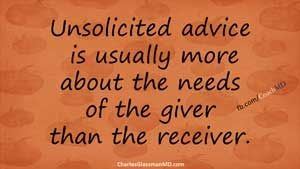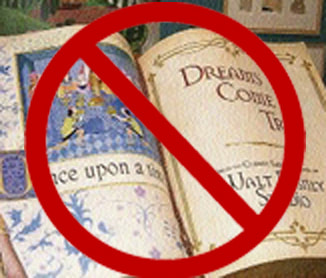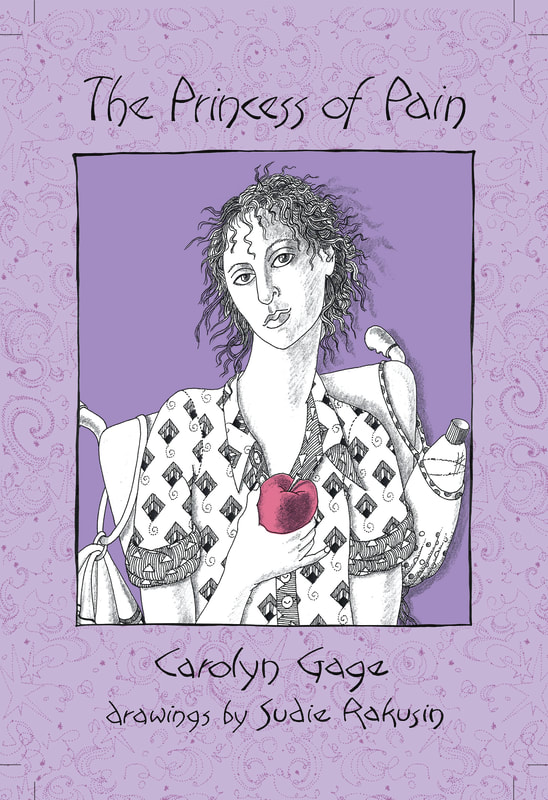
But here’s the thing: Processing trauma is just that—a process. Even though I knew better, I still found myself compulsively suggesting things that might “fix” my friend: changes in diet, nutritional supplements, different forms of meditation, counseling focused on unearthing hidden memories, a spiritual reframing of the experience… as if my friend, in her agony, was not sufficiently motivated to have explored everything on the planet that held out even the remotest hope of relief. As if I, with my recent and superficial understanding of her condition, was somehow more of an expert than she! But still, every time I saw her, I would be overwhelmed by a desire to offer unsolicited advice.


I was the one in need of fixing. I wrote The Princess of Pain as an apology and as an amends to her, to acknowledge her strength and courage and to acknowledge the work I still needed to do.

The answer for “How do I do this?” is not a simple one. Everyone’s journey with trauma is different. Maybe we cover much of the same ground, but we all cover it differently, in our own way and in our own time, and we cover parts of it over and over again. “How do we come to terms with trauma?” Daily and never.

The Princess of Pain is my fairy tale to end all fairy tales. Life is filled with injustice and meaningless suffering. They are not manifestations of some mysterious will of God, where all things work together for good and we are just too limited to see the Big Picture. They are not the result of some manifestation of karma from an unremembered criminal past life. They are not the result of some prenatal contract that our soul has made in order to learn the great lessons and glean the beneficent gifts of experiencing overwhelming pain and horror.
___________________________________________________
Much gratitude to Sudie Rakusin, for her exquisite illustrations, and to Mary Meriam and Headmistress Press for publishing The Princess of Pain.
Click here to order.


 RSS Feed
RSS Feed
